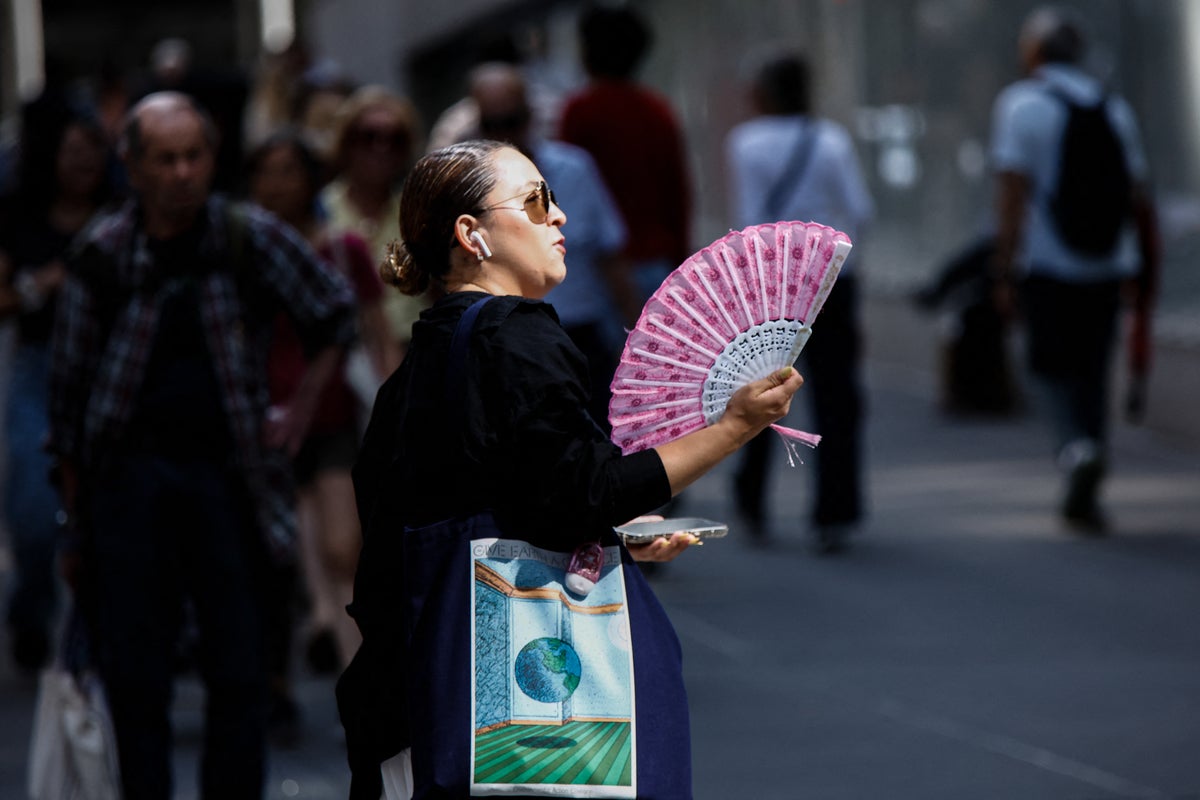
If it feels like this hot summer is never ending, that’s because life-threatening heat waves are becoming stronger and lasting longer due to the effects of human-caused climate change.
Heat streaks, or the number of consecutive hot days, are also on the rise across U.S. cities, according to the non-profit Climate Central.
Of the 247 cities the group analyzed, the number of extreme heat streaks has increased by 80 percent.
“When extreme heat lingers for days during heat waves, or heat streaks, the risk of heat-related illness rises — particularly for children, pregnant people, and weather-exposed workers among others,” Climate Central said.
The report examined the changing frequency of extreme heat streaks in those cities from 1970 to 2024.
On average, it found that the 198 cities experience two more extreme heat streaks a year than in the early 1970s.
Cities in the Southwest, Northeast, Ohio Valley, and Southeast saw the largest increase in frequency. Tennessee’s capital of Nashville, North Carolina’s capital of Raleigh, Wheeling, West Virginia, and Wilkes Barre, Pennsylvania, all now see five more streaks than in the early 1970s.
The consequences of these extreme weather events can be severe. They can worsen air quality, potentially sending people with respiratory illness to the hospital. They can also strain the electrical grid and lead to power outages that expose people to the dangerous heat.
Heat is the leading cause of weather-related deaths in the U.S., with a record 2,325 heat deaths recorded in 2023.
Friday marks the beginning of another dangerous and oppressive heat wave for 100 million Americans.
The heat dome will bring temperatures between five and 15 degrees Fahrenheit above the historical average, with temperatures of 95 degrees or even higher, according to AccuWeather.
In New York, where the “feels like” temperature on Friday was expected to hit 105 degrees, residents will also have to deal with high humidity, severe thunderstorms, and damaging wind gusts of up to 58 miles per hour.
Humidity can make hotter temperatures feel even worse, resulting in a faster heartbeat and other negative health effects.
“The combination of extreme temperatures, high humidity and light winds will likely send afternoon AccuWeather RealFeel Temperatures to between 110 and 115 [degrees Fahrenheit] from the states that touch the western part of the Gulf through Oklahoma and Arkansas, as well as portions of Missouri, Illinois, Indiana and Tennessee,” AccuWeather Senior Meteorologist Brett Anderson said.
“At this level, it can be dangerous for many people who are exposed to the heat for an extended period of time, leading to heat-related illnesses that can sneak up on some individuals,” he noted.
The heat is expected to linger into early next week, as the dome expands over the Central U.S. and Southeast states.
